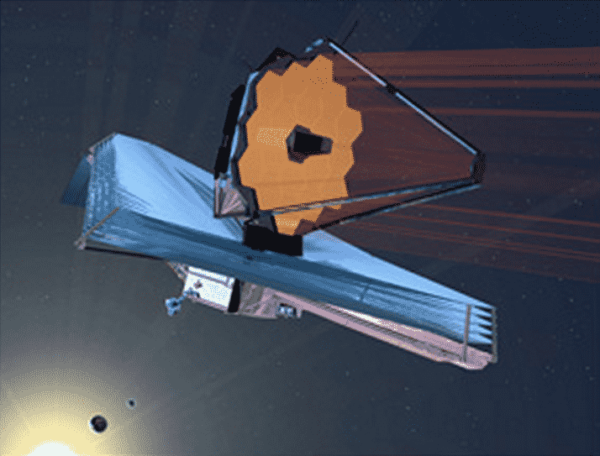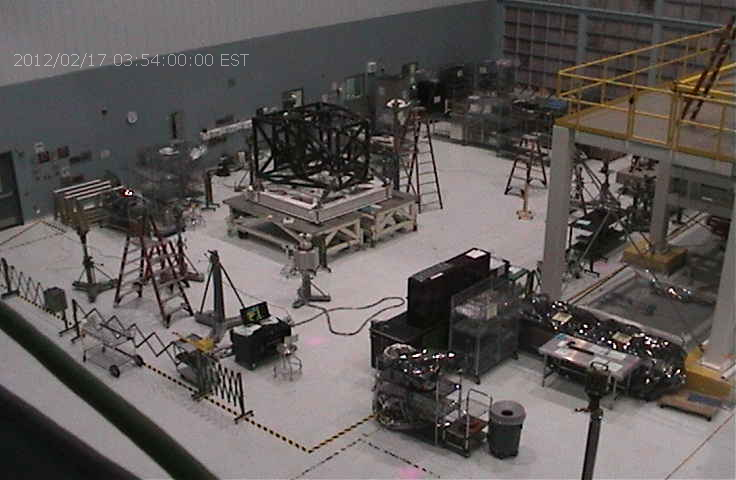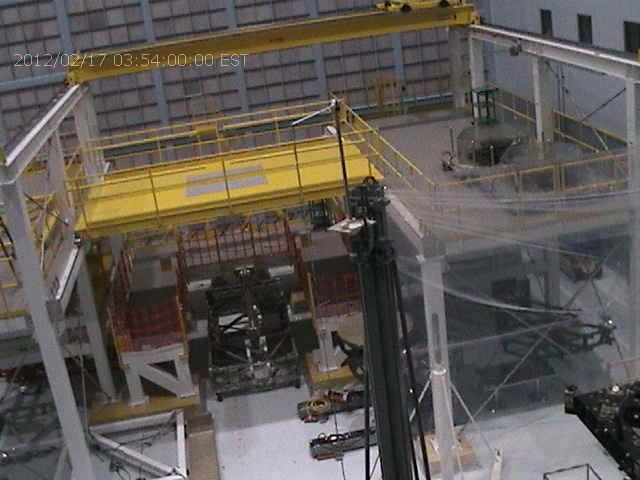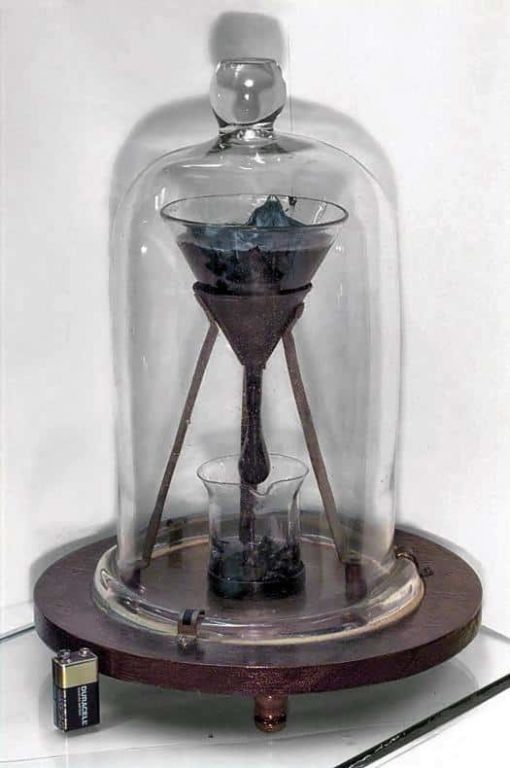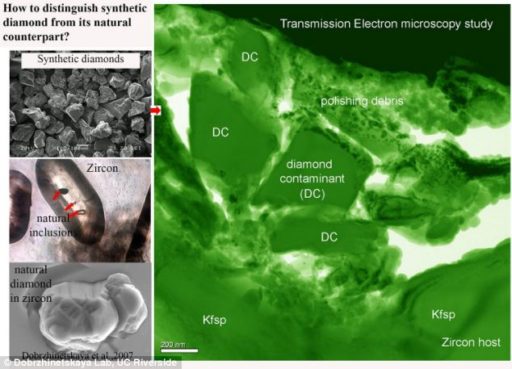James E. Webb is the person to whom NASA has chosen to bestow. And why not? He is the man who worked continuously on developing and upgrading his projects. He was a former NASA administrator. To honor him, the name of ‘Next Generation Space Telescope’ (NGST) was changed and renamed as James Webb Space Telescope (JWST) in September 2002. In short, it is called ‘Webb.’ JWST is a large infrared telescope with a 6.5-meter (21.3 feet) diameter primary mirror. Webb will be able to study every phase in the history of our Universe.
James Webb‘s Webb is supposed to launch in 2018. It will be the prime observatory of the next decade. It will serve thousands of astronomers worldwide. It can study from the first luminous glows after the Big Bang, to the formation of solar systems capable of supporting life on planets like Earth, to the evolution of our own Solar System. Webb is internationally collaborated with NASA, the European Space Agency (ESA) and the Canadian Space Agency (CSA). The NASA Goddard Space Flight Center is managing the development effort. The prime contractor Northrop Grumman is handling the development effort and the Space Telescope Science Institute will operate Webb after its launch.
Webb gets the innovative technologies including a folding, segmented primary mirror, adjustment shape after launch; ultra-lightweight beryllium optics; high power detectors to record extremely weak signals, micro-shutters enabled and programmable object selection for the spectrograph; and a cryocooler for cooling the mid-IR detectors to 7K. To make it more perfect, the beryllium mirror segments and science instruments, are under construction. For most elaborated details, which I say, Post-mortem, you can click here.
Four science instruments it will have 4 things.
a) The Near InfraRed Spectrograph (NIRSpec)
b) The Mid-InfraRed Instrument (MIRI)
c) The Near InfraRed Camera (NIRCam)
d) The Fine Guidance Sensor/ Near InfraRed Imager and Slitless Spectrograph (FGS-NIRISS).
Webb comes with 4 science themes too. These are:
a) The End of the Dark Ages: First Light and Reionization
b) The Assembly of Galaxies
c) The Birth of Stars and Protoplanetary Systems
d) Planetary Systems and the Origins of Life
NASA published Webb’s project implementation phase. Also published the project’s conducted major missions. Click here to see the synopsis. Webb will stay in an orbit about 1.5 million km (1 million miles) away from the Earth.
Source and Thanks To: NASA
[ttjad]

